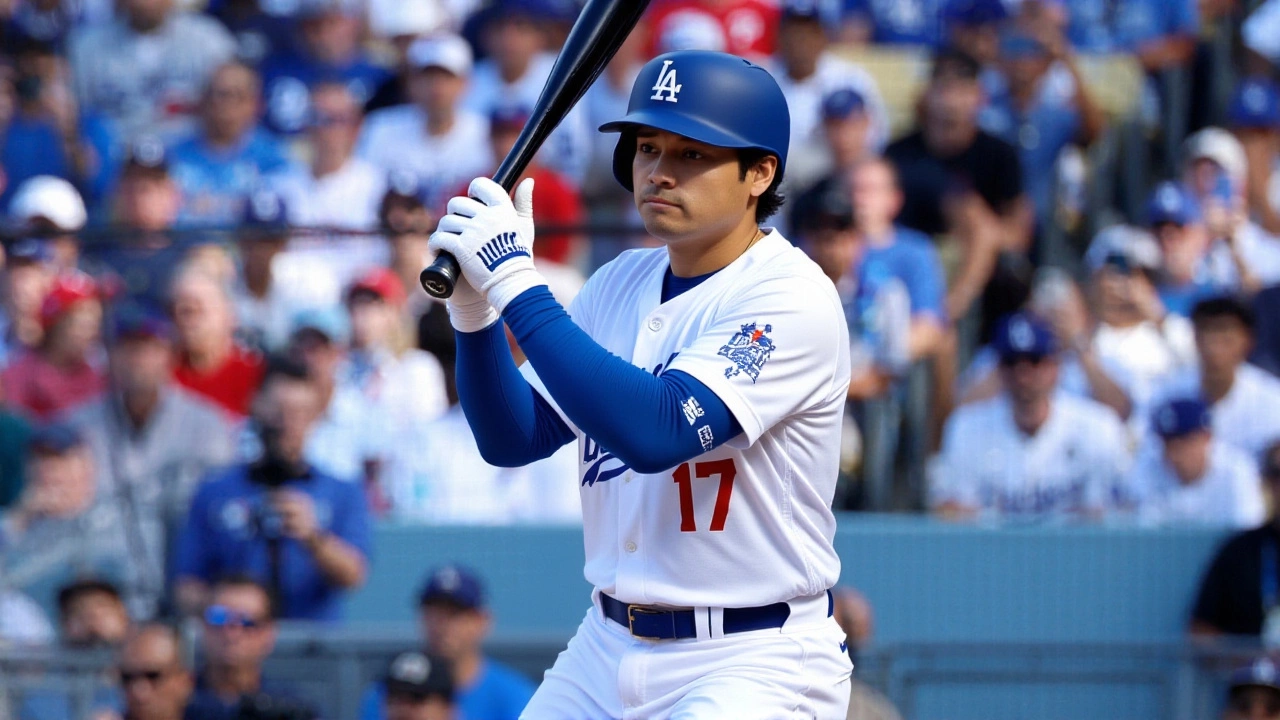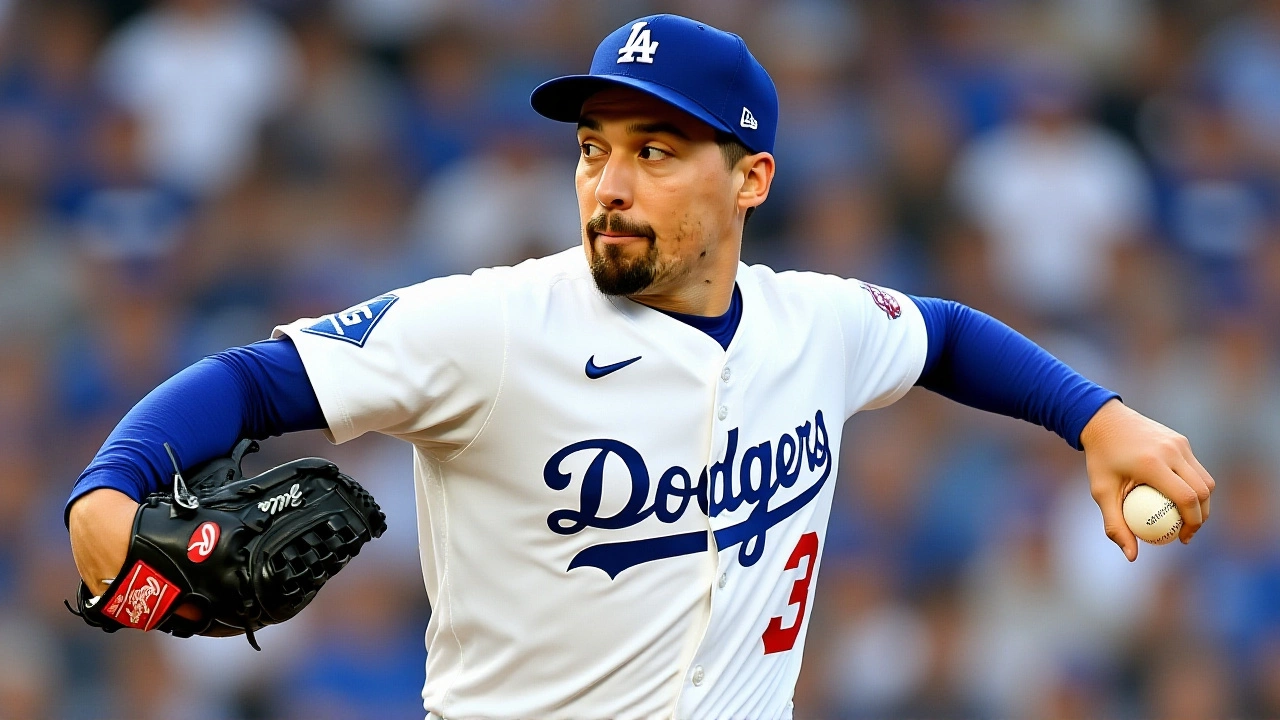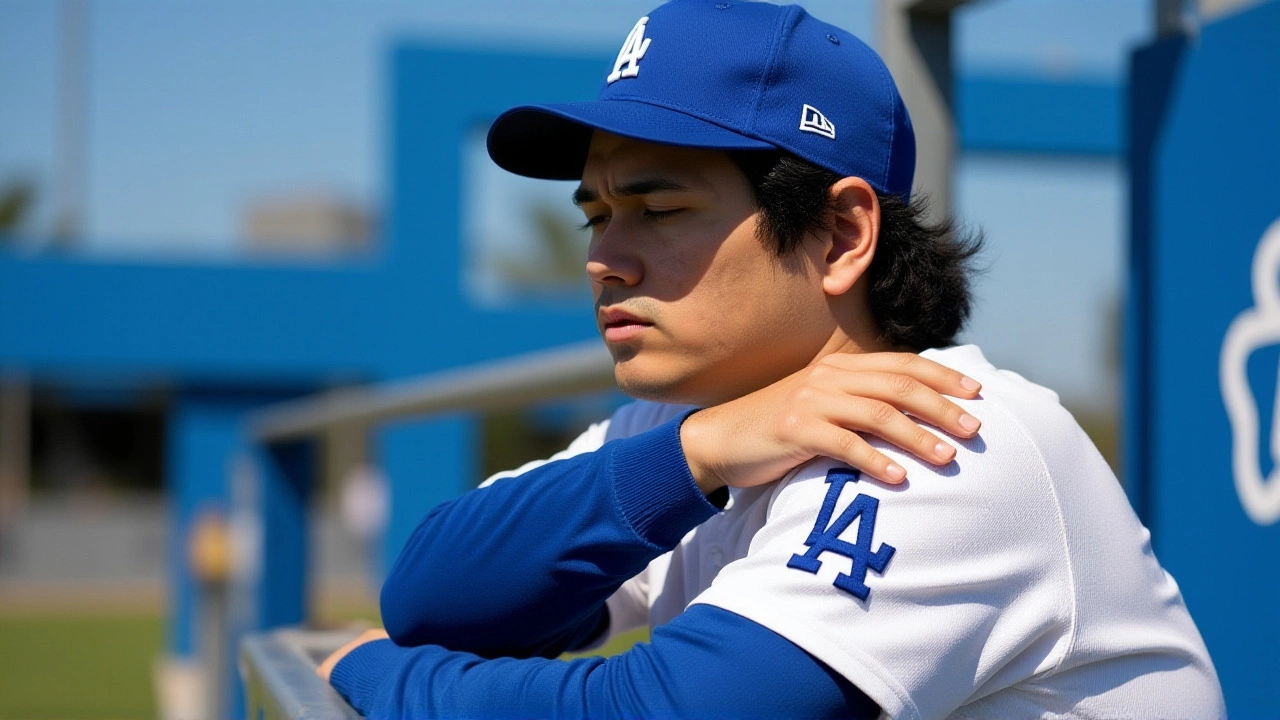When Shohei Ohtani, the two‑way phenom of the Los Angeles Dodgers, took the mound on October 18, 2025, at Dodger Stadium, baseball history got a brand‑new chapter. In Game 4 of the National League Championship Series, Ohtani not only pitched six shutout innings with ten strikeouts, he also belted three home runs – one measured at a staggering 469 feet – to seal a 4‑0 sweep of the Milwaukee Brewers and book the Dodgers’ ticket to the World Series. The performance instantly sparked debates about whether we’re witnessing the greatest single‑game display ever in Major League Baseball.
Background to the NLCS
Entering the series, the Dodgers leaned heavily on a deep rotation that had logged a 0.63 ERA over 28 2/3 innings, the fourth‑lowest postseason ERA since the stat became official in 1912. Yet the offense had sputtered; Ohtani himself was a modest 2‑for‑11, and the team relied on lower‑order firepower to stay afloat. Fans knew the Dodgers were on the cusp of a historic run, but the narrative was still missing a crown‑jewel moment.
Max Muncy, the Dodgers’ third baseman, summed up the aura in the clubhouse after Game 3: "You guys asked me yesterday, and I said I was expecting nothing short of incredible today. And he proved me wrong. He went beyond incredible." That line set the stage for a night that would rewrite the script.
Ohtani’s Unprecedented Game
From the first pitch, Ohtani hinted at something special. He walked leadoff hitter Brice Turang, then stormed through the next three Brewers batters, each whiffed on fastballs topping 100 mph. His splitter, already a fearsome weapon, seemed to snap like a rubber band.
In the bottom of the first, Ohtani turned on a slurve from Jose Quintana and launched a leadoff home run – the first time a pitcher ever did that in any MLB game, regular season or playoffs. The crowd of 50,000 erupted, sensing something historic.
The second home run arrived in the fourth inning, a clean drive that cleared the left‑field wall at 469 feet, a distance later confirmed by Statcast. Reliever Alex Vesia, watching from the bullpen, shouted, "The ball went out of the stadium!" He later joked it felt more like a 1,000‑foot blast.
Ohtani’s third triple came in the fifth, setting up a run that padded the Dodgers’ lead. By the sixth inning, he had amassed ten strikeouts, sealing a shutout performance that left the Brewers scrambling.
When the final out was recorded, the scoreboard read 4‑0, and the series was deadlocked in a clean sweep. The odds of a single player delivering both a three‑HR barrage and a double‑digit strikeout night? Astronomically low.

Reactions from Teammates and Opponents
Dodgers coach Dave Roberts was quick to praise his star: "What we saw was a culmination of years of work. Shohei’s preparation, his mindset, everything aligned." He added that Ohtani’s pre‑game batting practice, which included a couple of homeruns over the same fence, likely cemented the visual cue that translated into the night’s fireworks.
Brewers pitcher Corbin Burnes admitted, "We just didn’t have a game plan for a guy who can dominate both ways. It was intimidating, plain and simple."
Even veteran analyst Ken Rosenthal, who has covered baseball for decades, called the night "a performance that will sit beside Babe Ruth’s 1921 season as a benchmark of two‑way greatness."
Statistical Significance and Historical Context
- Three home runs by a pitcher – never done before in MLB history.
- Ten strikeouts in a single postseason start – tied for the most by a pitcher in NLCS history.
- 0.63 ERA for the Dodgers’ rotation over the series – fourth‑lowest in any postseason series since 1912.
- 469‑foot homer – the longest measured playoff homer since Statcast began in 2015.
- First leadoff homer by a pitcher – a record that will sit in the books forever.
When you stack the numbers, the performance sits in a statistical rarity corridor. The last time a player hit three homers and pitched a complete game in the same season was Babe Ruth in 1919, but he never combined those feats in a single postseason contest. Ohtani, at 28, may have just set a new bar for two‑way players.

What Lies Ahead: Dodgers in the World Series
With the sweep, the Dodgers now travel to face the American League champion – a matchup analysts call a showdown of "weapons upon weapons." The Dodgers boast a frontline anchored by Walker Buehler, Clayton Kershaw, and now Ohtani, whose dual role adds a strategic twist. If the pattern holds, Ohtani could be slated to start Game 1 on the mound and then appear in the lineup as a designated hitter, a luxury only a handful of teams have ever afforded.
Meanwhile, the Brewers will have to regroup after a heartbreaking exit. Their manager, Craig Counsell, hinted at off‑season moves to shore up a bullpen that was shredded by Ohtani’s firepower.
For Dodgers fans, the memory of that 469‑foot blast will likely linger through the entire World Series. And for Ohtani himself, the night could be the catalyst that turns a great career into an unforgettable legend.
Frequently Asked Questions
How does Ohtani’s performance affect the Dodgers’ World Series strategy?
The Dodgers can now plan to start Ohtani on the mound for Game 1 and still slot him into the batting order later, giving them a rare tactical edge. His dual threat forces opponents to allocate resources to both pitching and hitting, potentially stretching their bullpen and defense.
What records did Ohtani break during Game 4?
He became the first pitcher ever to hit a leadoff home run in a postseason game, the first to hit three homers in a single postseason contest, and tied the record for most strikeouts (10) by a pitcher in an NLCS start.
How rare is a 469‑foot home run in the playoffs?
Since Statcast began tracking in 2015, only a handful of playoff homers have exceeded 460 feet. Ohtani’s blast is the longest recorded in a postseason game to date, eclipsing the previous record by more than five feet.
What does this game mean for the future of two‑way players?
Ohtani’s display could inspire teams to invest more in players who can pitch and hit at elite levels. It challenges traditional roster construction and may prompt scouting departments to look for versatile talent rather than strict specialization.
What were the Brewers’ biggest shortcomings in the series?
Their bullpen was unable to contain Ohtani’s high‑velocity fastballs and breaking pitches, and the lineup failed to generate enough run support when their starting pitching was strong, leading to a lopsided series loss.
